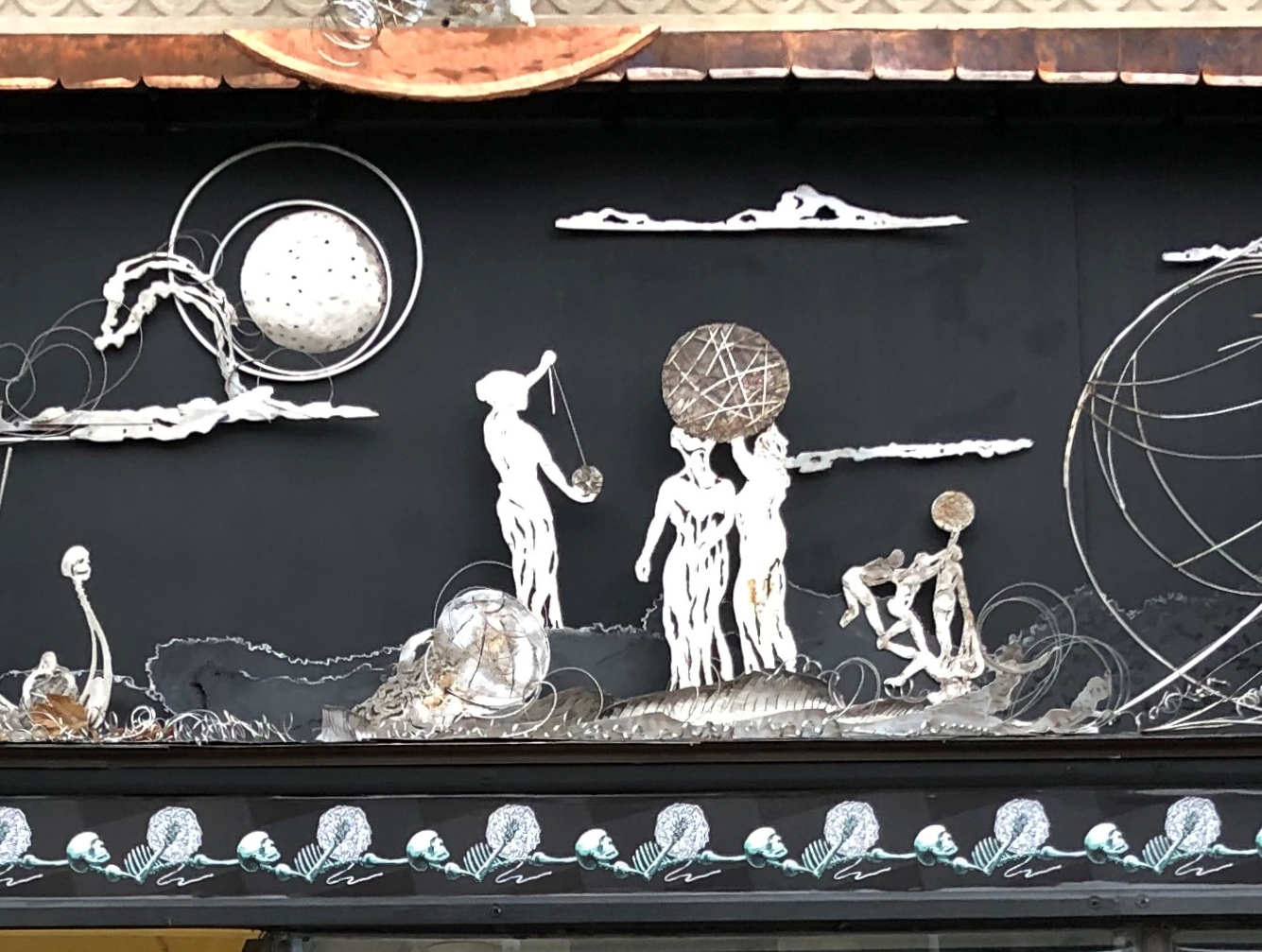Seems like the pit of winter has arrived. That’s not necessarily a time of blizzards or ice storms, though it can be. Mainly the pit is unrelenting cold, and some years the pit is deeper than others — more unrelenting, that is.
So far this year, winter has been bleak-midwinter-ish enough, but not viciously so in my neck of North America. There’s still time enough for northern Illinois winter to turn more vicious, of course.
Ann returned to ISU on Sunday, facilitated by me driving her there. It’s a task I don’t mind at all. We had a good conversation en route and listened to music we both like. I won’t go into the details of that right now, but there is a Venn diagram that includes some intersection. Larger than one might think.
Just before I returned her to her dorm and drove home, we visited part of Main Street in Bloomington. It’s an impressive block. Bloomington should be glad it has survived down to the present.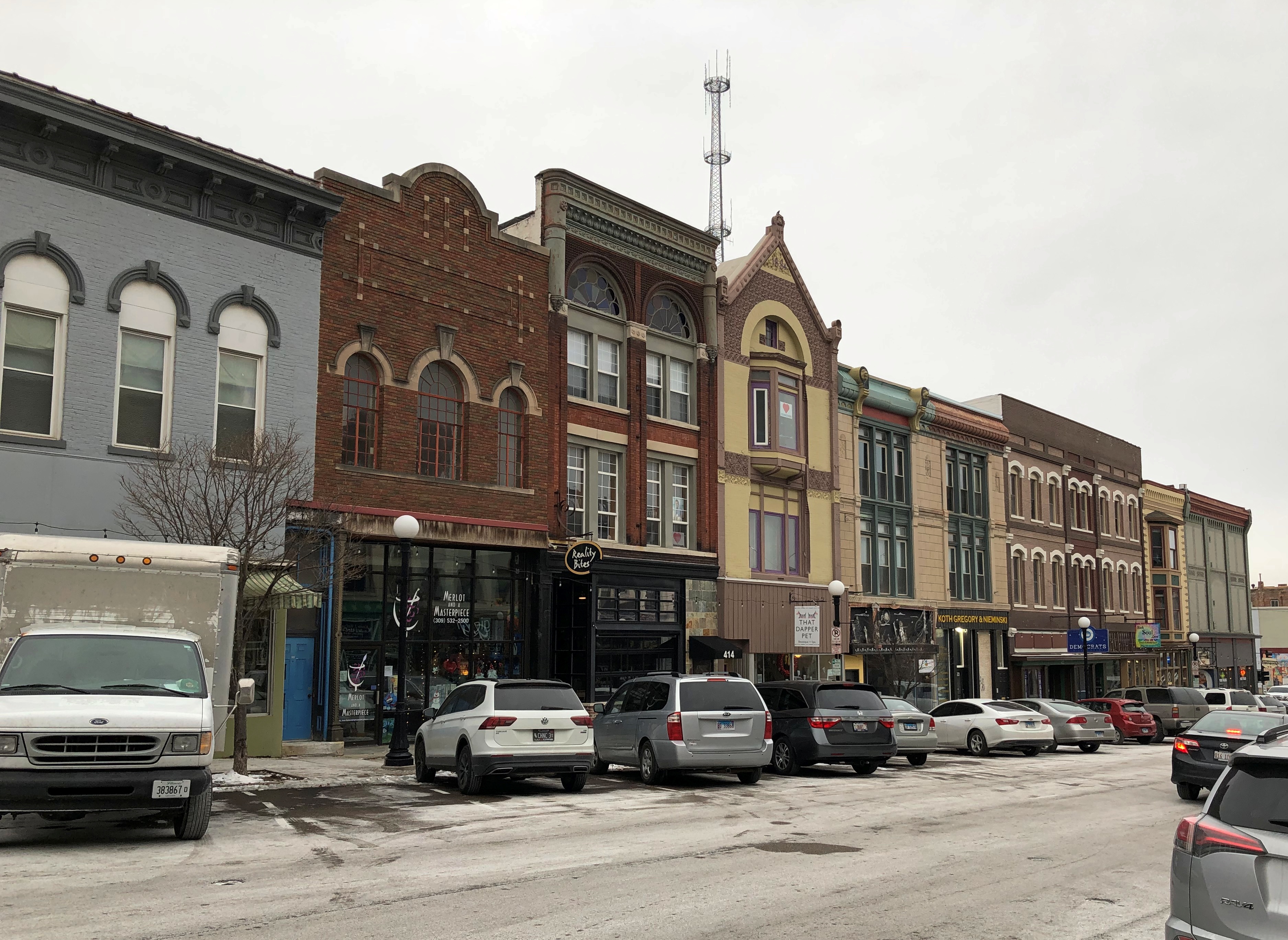
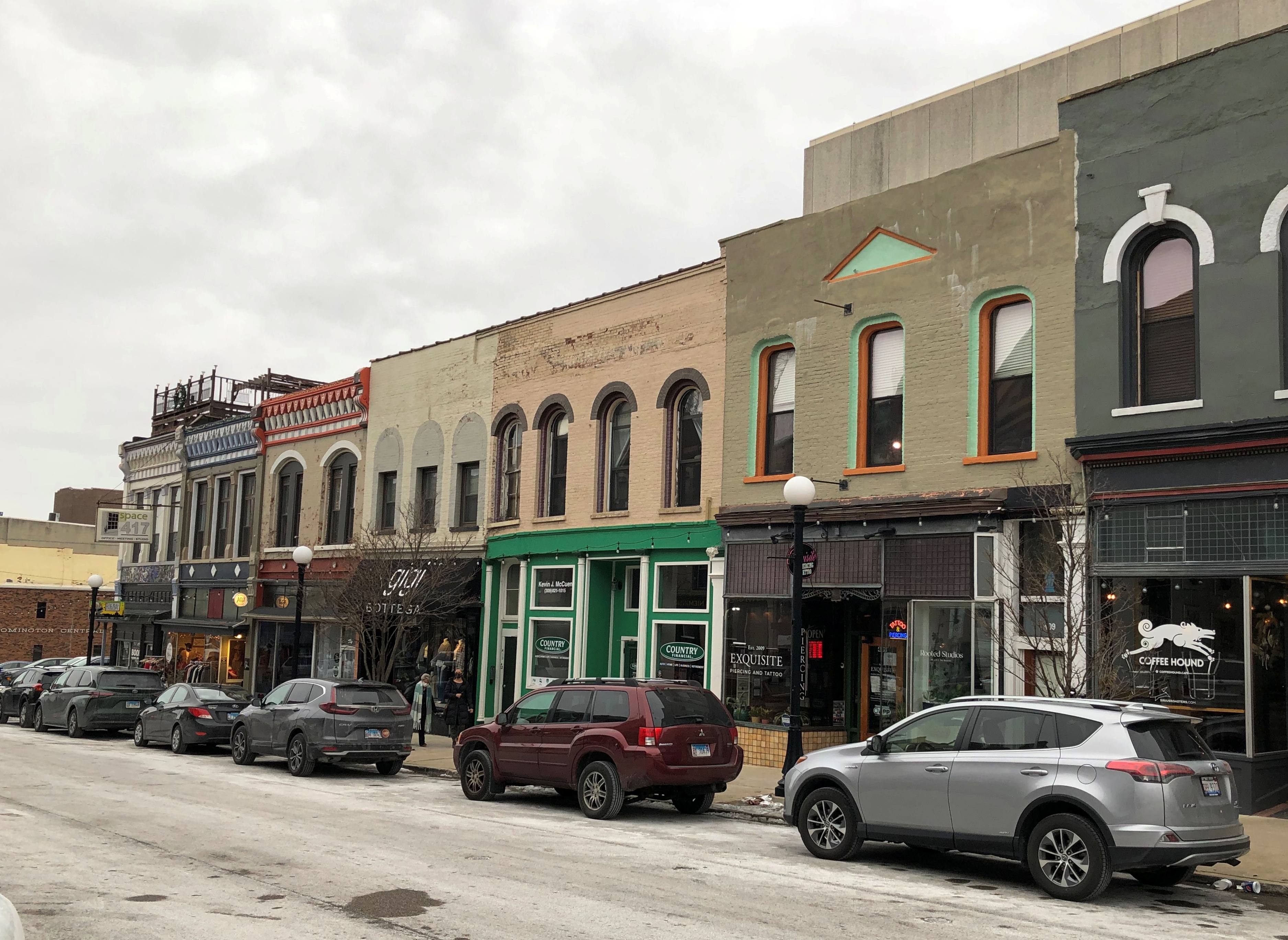
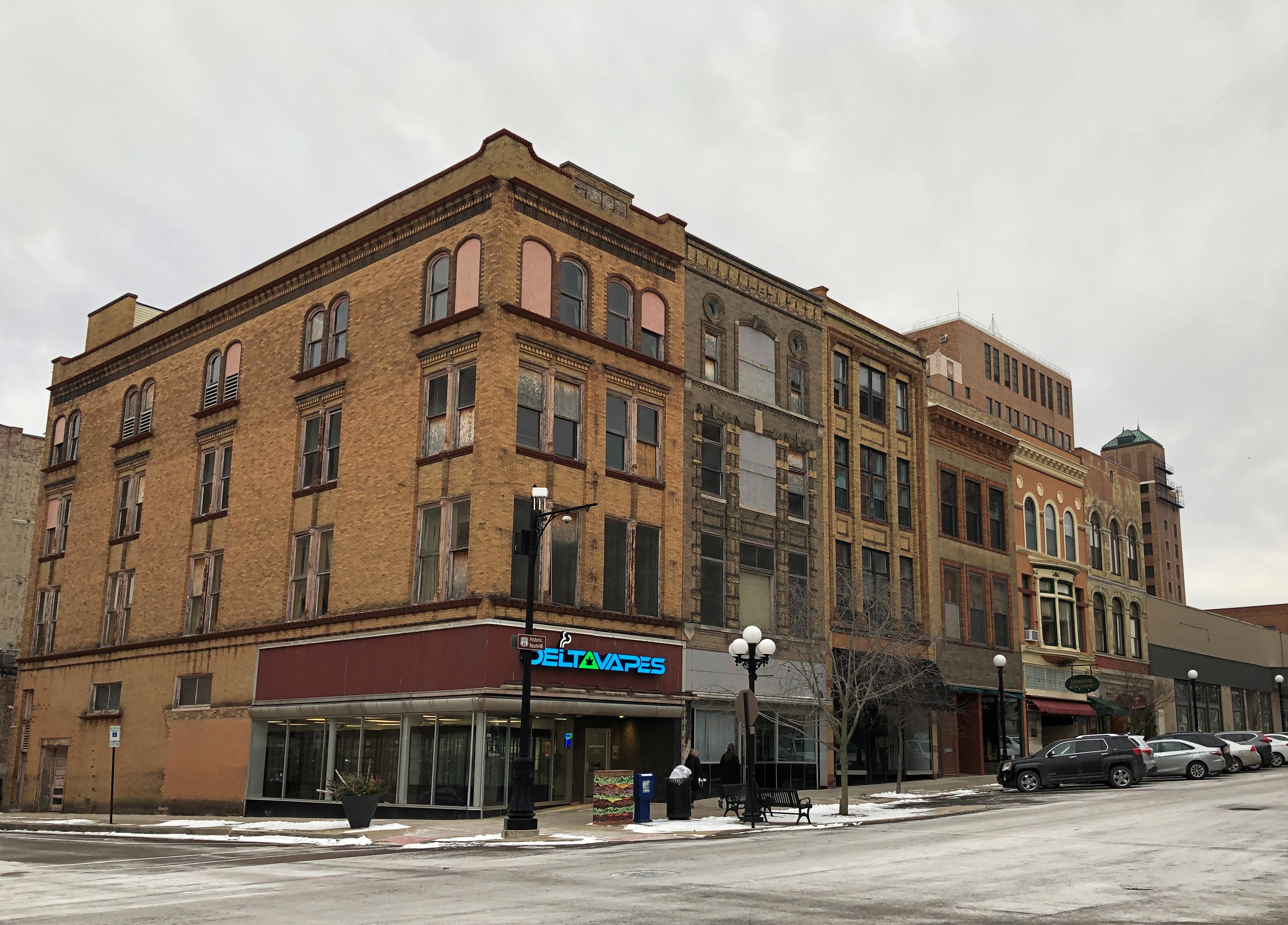
Not only survived, but the buildings are home to one kind of shop or another, mostly nonchain specialty retailers. In fact, all nonchain as far as I could see.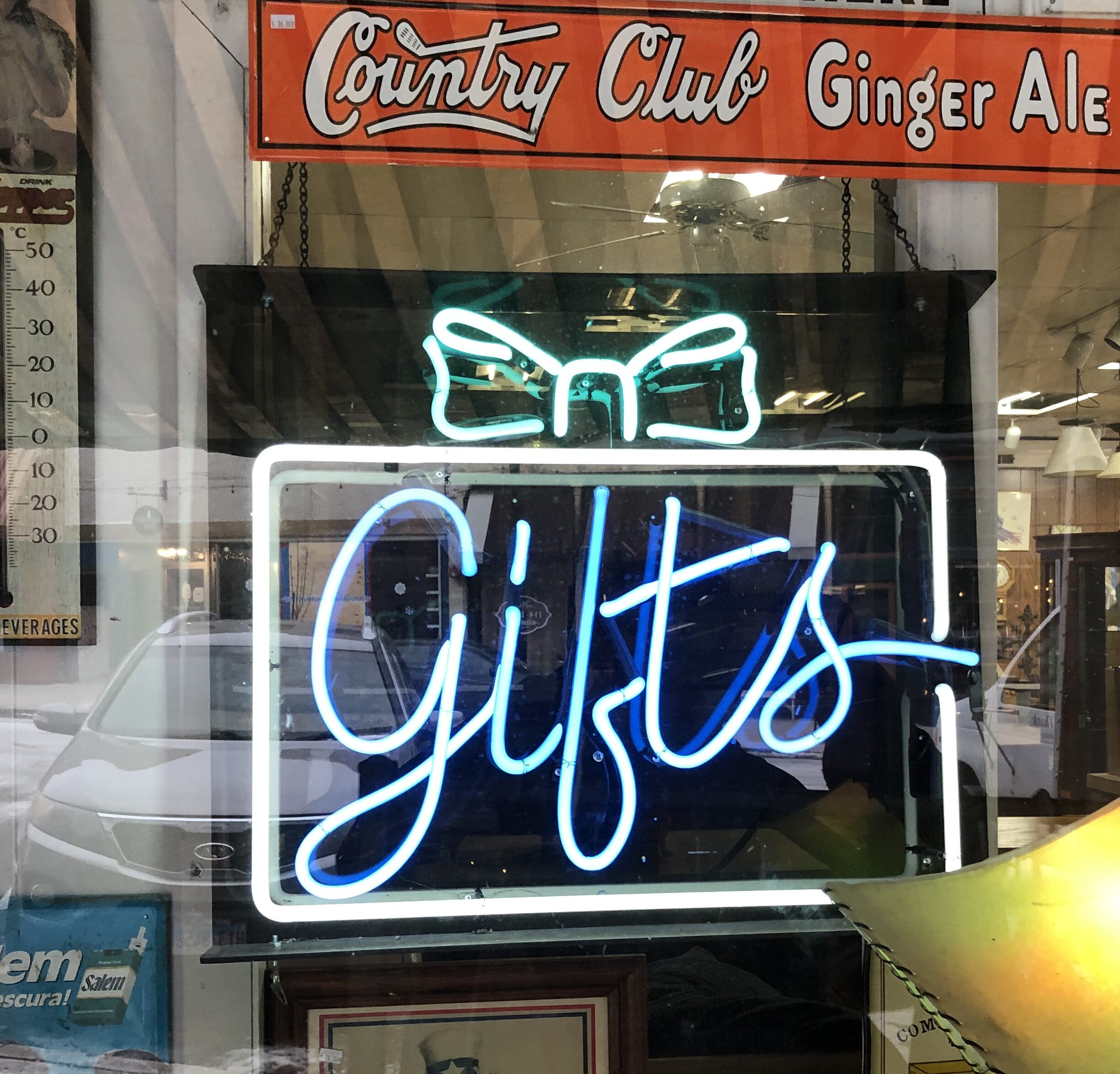


The 400 block of Main between Market and Monroe Sts. has the strongest concentration of late 19th-century commercial structures, with facades looking well-maintained in our time.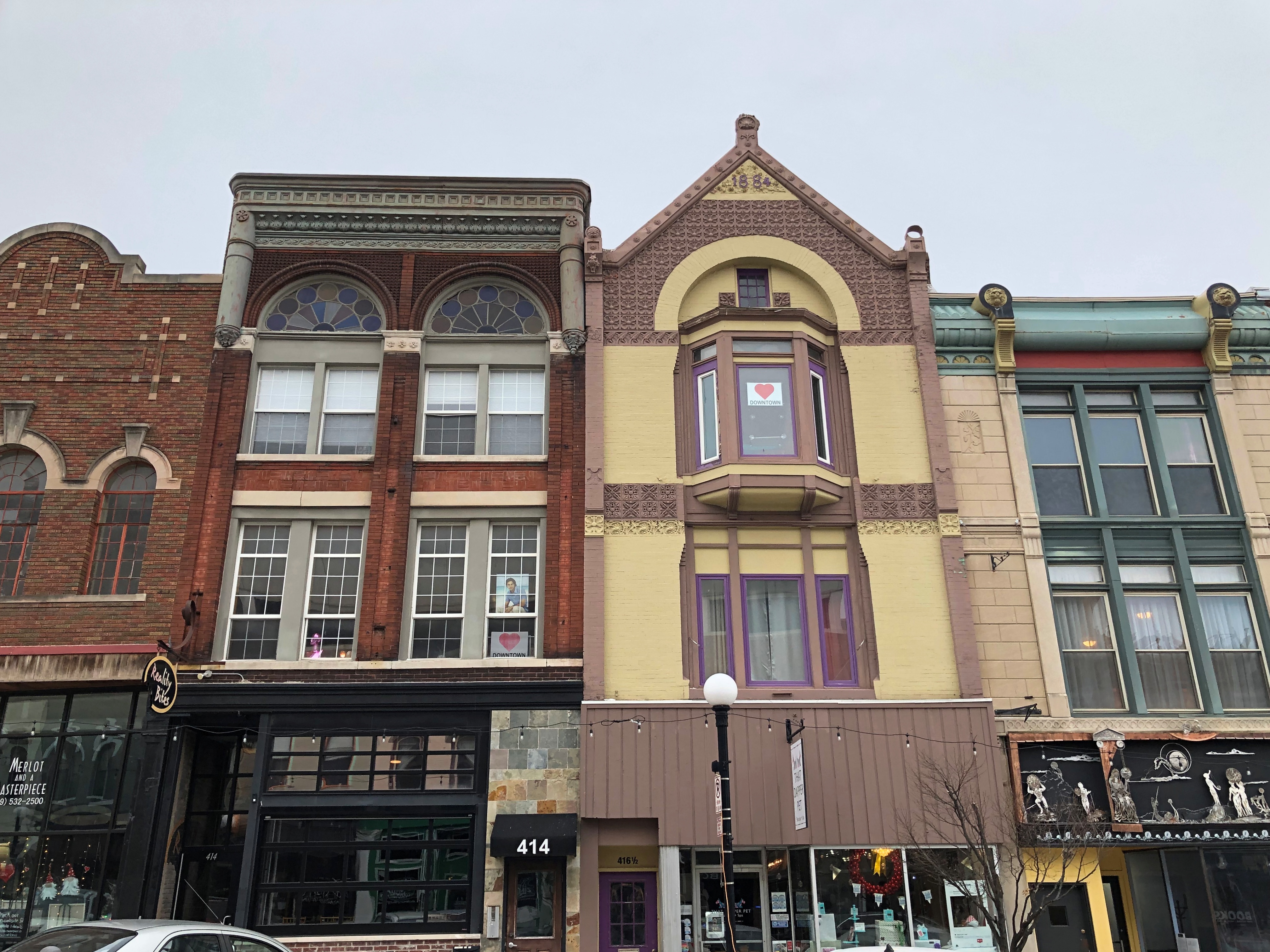
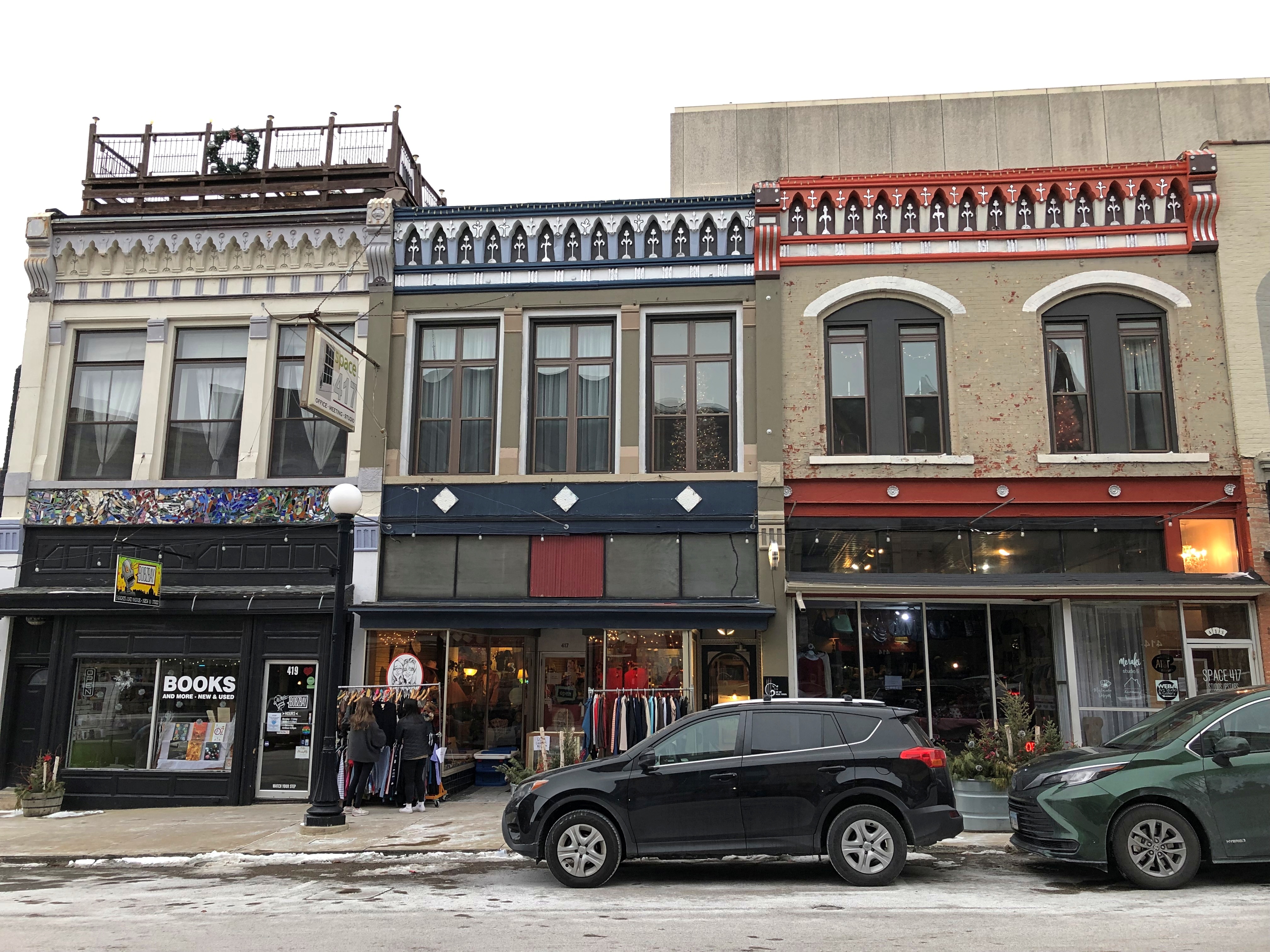
Featuring artwork from our time as well.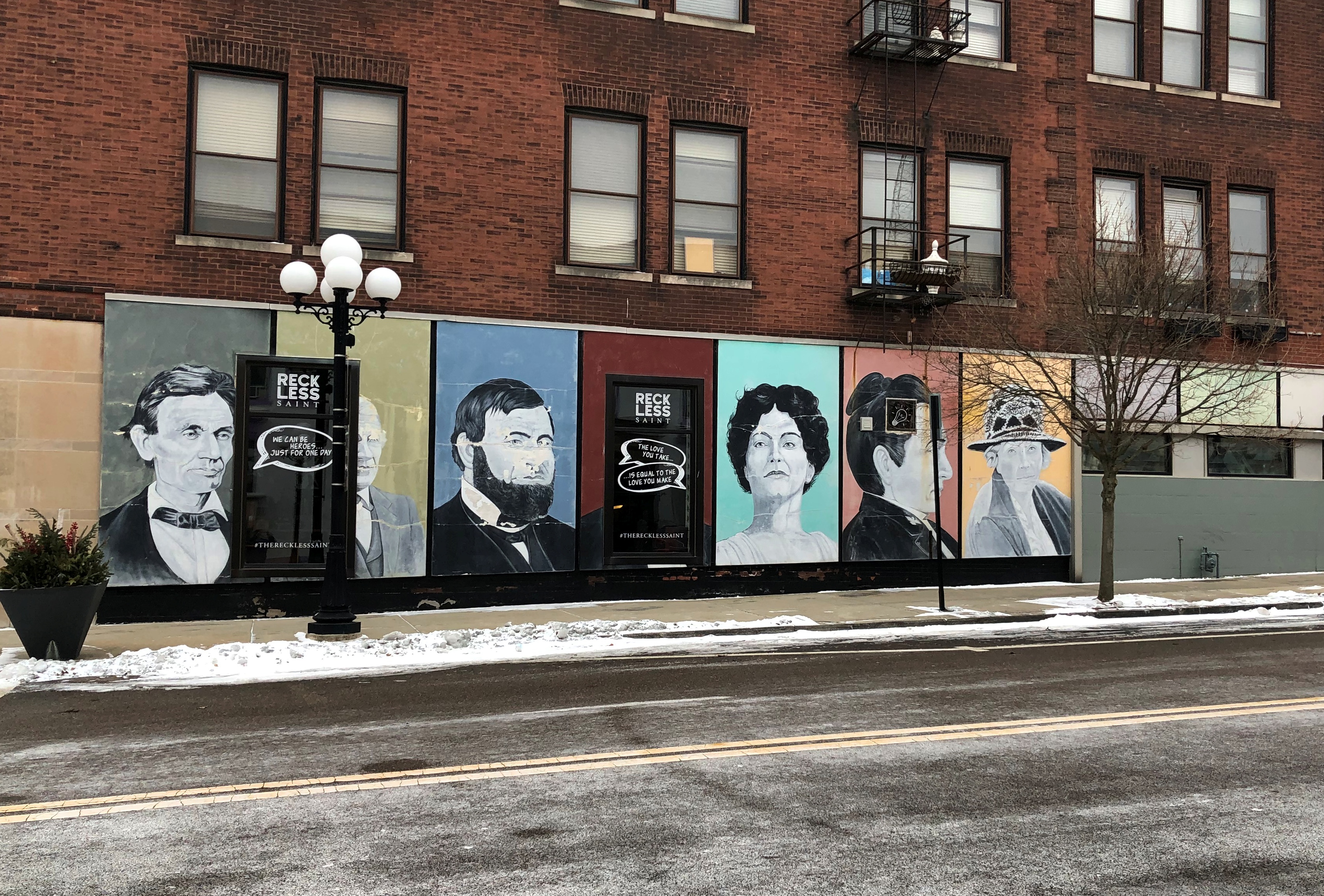

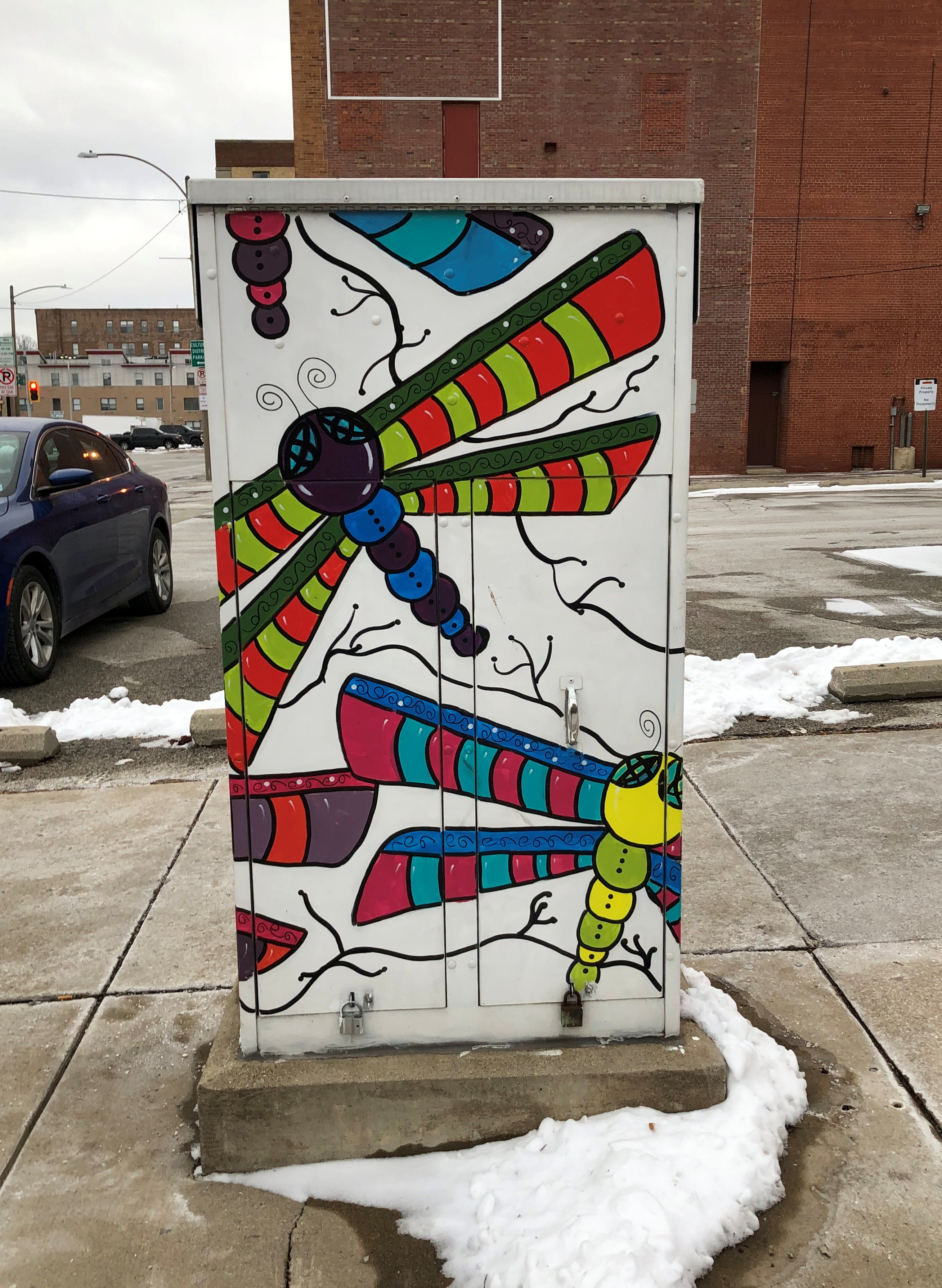
Not a lot of plaques that I saw, but I did spot one.
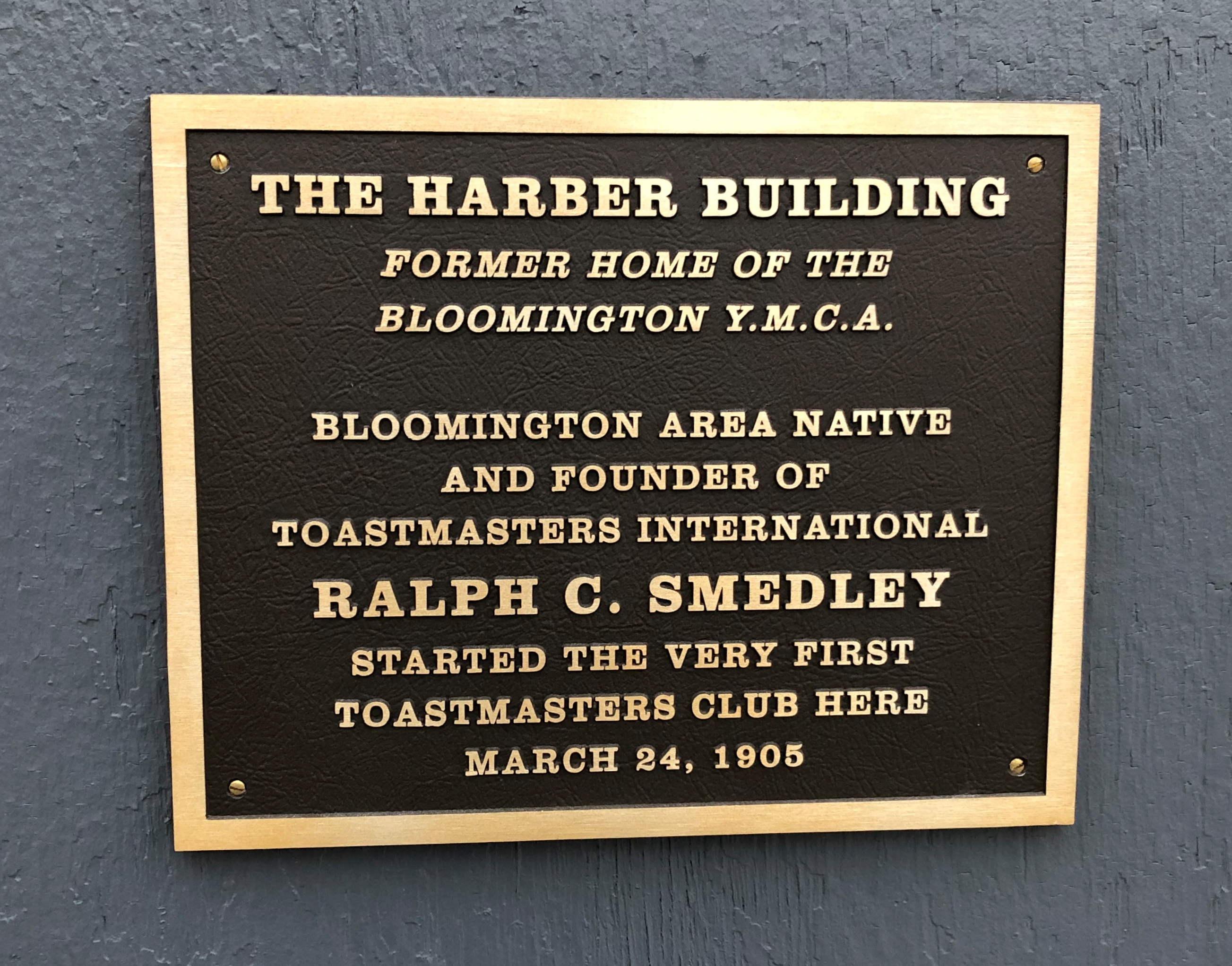
An organization that’s still very much around, but these days, the Harber Building is home to Illinois Tattoo. Ralph Smedley lived quite a long time (1878-1965), mostly in California, where the organization really took off.
Over a storefront occupied by Ayurveda for Healing, which promises a “holistic path for wellness and optimal health,” there’s a remarkable set of metal figures.
Ayurveda for Healing, which I assume takes its inspiration from South Asian practices, has three locations, including this one in Bloomington, along with Chicago and Kalamazoo, Michigan.
Just a block over, the 500 block of Main isn’t what it used to be. This is what it used to be, in an image borrowed from the McLean County Museum of History.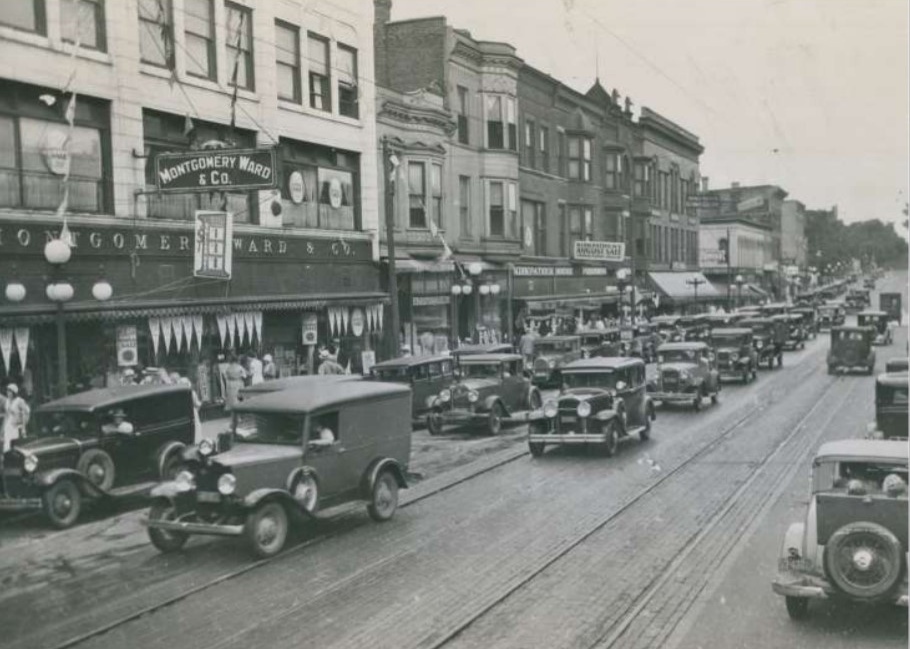
This is what I saw, let’s say roughly 90-odd years later.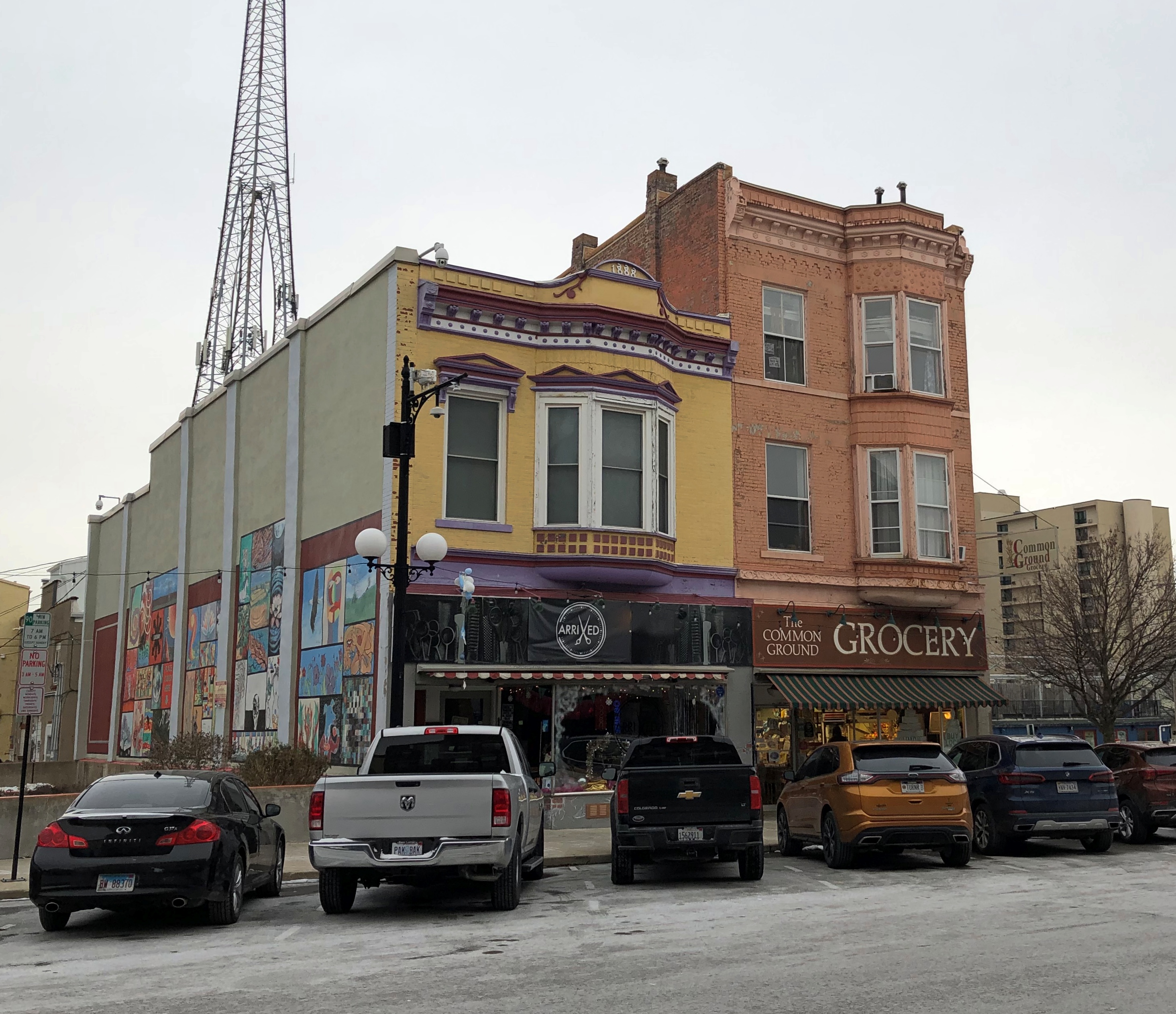
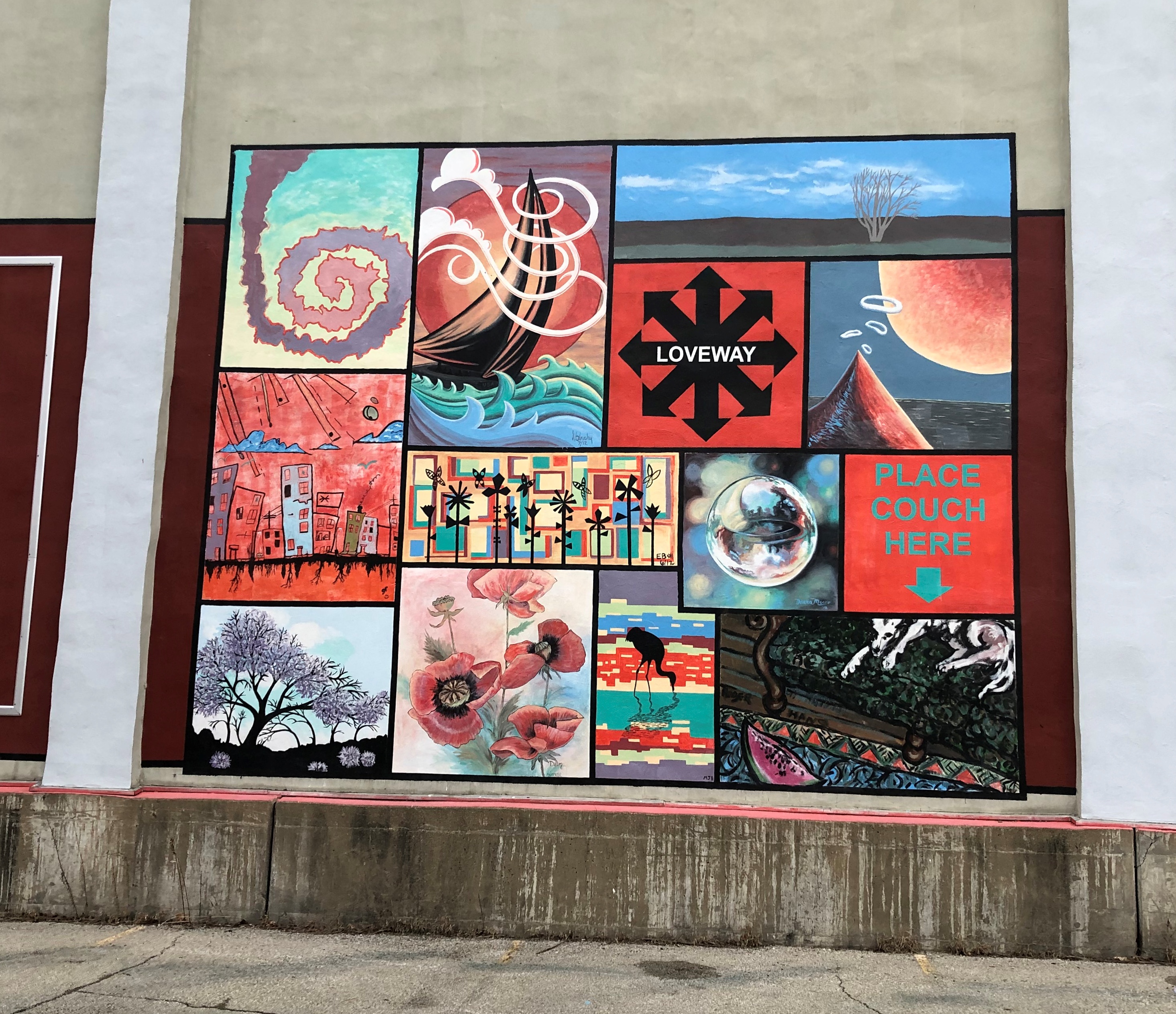
To take that image of the mural, I was standing in a parking lot where a Montgomery Ward store used to be. Too bad for what has been lost, but fragments are mostly what we have of the past anyway, and it’s good to spot them.
